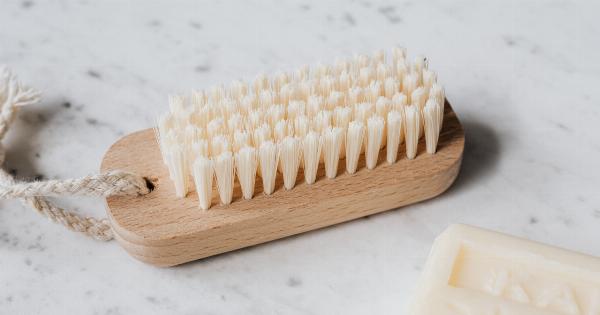Allergies are becoming more common these days, and with good reason. Our homes are filled with pollutants, irritants, and allergens that can make us sick.
In fact, according to the EPA, indoor air pollution is one of the top five environmental risks to public health. So, could your home be triggering your allergies? Let’s take a closer look.
Pet Dander and Dust Mites: Common Allergens
Do you have pets in your home? If so, you may be exposed to pet dander, a common allergen that can cause itching, sneezing, and watery eyes. Dust mites are another common allergen found in most homes.
These tiny insects thrive in warm, humid environments, and can cause nasal congestion, a runny nose, and even asthma attacks.
To reduce exposure to pet dander and dust mites, it’s important to keep your home clean. Vacuuming regularly, washing bedding in hot water, and using air purifiers can help reduce the amount of allergens in your home.
Pollen and Mold: Outdoor Allergens That Find Their Way Inside
Pollen and mold are outdoor allergens that can make their way into your home as well. Pollen can cling to clothing, hair, and pets, and can cause sneezing, runny nose, and itchy eyes.
Mold thrives in wet areas like bathrooms and basements, and can cause respiratory problems, skin irritation, and headaches.
To reduce exposure to pollen and mold, keep windows and doors closed during the peak allergy season, and use a dehumidifier to control moisture levels in your home. Regularly cleaning and maintaining your HVAC system can also help prevent mold growth.
Cleaning Products: Avoiding Harsh Chemicals
Cleaning products can also trigger allergies. Many cleaning products contain harsh chemicals like ammonia and bleach that can irritate the skin and respiratory system.
Some people may also be allergic to fragrances found in cleaning products, which can cause headaches, dizziness, and skin irritation.
To reduce exposure to cleaning product allergens, it’s important to choose cleaning products that are non-toxic and fragrance-free. You can also try making your own cleaning products using natural ingredients like vinegar and baking soda.
Carpets and Upholstery: Hiding Allergens
Carpets and upholstery can also hide allergens like pet dander and dust mites. These allergens can become trapped in the fibers of these materials, making it difficult to remove them through regular cleaning.
In addition, carpet and upholstery cleaners may contain allergens themselves.
To reduce exposure to carpet and upholstery allergens, consider replacing wall-to-wall carpeting with hardwood or tile flooring. You can also use washable covers or slipcovers on upholstered furniture, and regularly steam clean carpets and upholstery.
Conclusion: Taking Steps to Reduce Allergens in the Home
If you’re suffering from allergies, the first step is to determine what is causing your symptoms. Once you’ve identified the allergen, you can take steps to reduce your exposure to it in your home.
These steps may include using air purifiers, changing your cleaning routine, and replacing or cleaning carpets and upholstery.
Remember, it’s important to consult your doctor if you have severe allergies or if your symptoms persist. With the right treatment and lifestyle changes, you can reduce exposure to allergens and breathe easier in your own home.





























